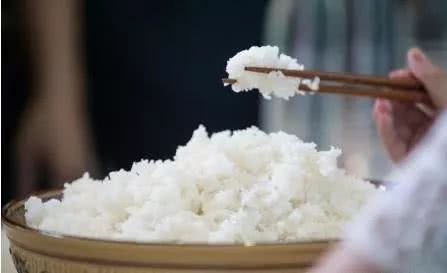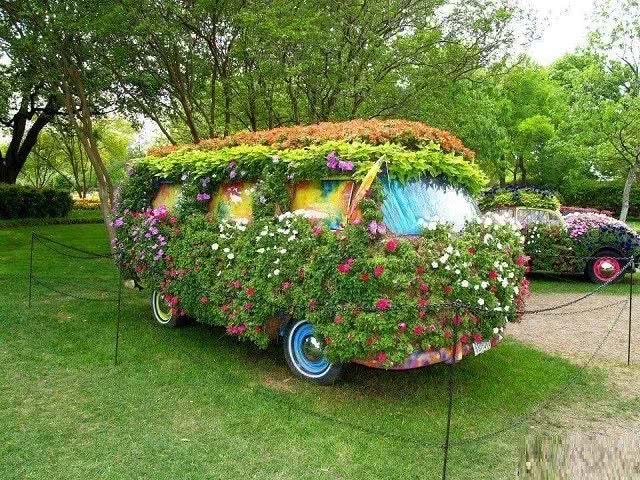Hot-selling planting techniques of balsam pear in summer take a long time to harvest naturally

Balsam pear, named for its bitter taste, has the functions of clearing heat and reducing fire, lowering blood lipids and hidden blood sugar. It is a common vegetable for relieving summer heat and eliminating fever. Balsam pear likes temperature, the suitable temperature for growth after planting is more than 15 degrees Celsius, fertilizer tolerance is not barren, and a large amount of fertilizer is needed in the later growth stage, so there are the following key points in planting balsam pear:
First, the selection of improved varieties is the key, and the control of humidity and temperature is the basis of breeding.
Selecting seeds with high yield, high quality and strong disease resistance is the key to high yield, such as large white balsam pear, emerald and other varieties are good choices. Sowing and raising seedlings can be carried out when the temperature is stable above 10 degrees Celsius. When the temperature is stable above 15 degrees, it can be planted in advance, so as to prolong the growth and nutrition period as far as possible, so that it can set fruit early and go on the market early, which can increase the early yield by about 21%.
Replace high-definition large images
Second, pruning in time.
Balsam pear is a vine plant, especially many branches, some side branches also bear melons to consume nutrition, which will affect ventilation and light, pruning in time, remove the side branches less than one meter, more than one meter, choose 2 murmur3 branches to lead to the bamboo pole with a rope, after the middle of growth, you only need to clean up the yellow leaves, old leaves, diseased leaves and fruits and overdense side branches, to ensure good ventilation and light, there is no need for pruning.
Third, fertilizer and water management.
Balsam pear in the early stage of the plant is small, slow growth, the amount of fertilizer is less, only need to apply sufficient base fertilizer in the early stage, there is no need for topdressing. Ploughing and loosening the soil can be used to preserve soil moisture. The nutrition period of balsam pear is as long as three months, which requires a lot of fertilizer. To ensure the supply of fertilizer and water, especially nitrogen and potassium, for every 1000 kilograms of balsam pear, an average of 5.277 kilograms of nitrogen, 1.761 kilograms of phosphorus and 6.666 kilograms of potassium are needed from the soil.
Water can be irrigated every 7 to 10 days, while potassium sulfate and urea are applied each 7 kg per mu. In the full fruiting period, phosphate and potassium fertilizer was applied for 4 times, with 15 kg of calcium and 25 kg of potassium sulfate. Spray potassium dihydrogen phosphate and Yemanbao on the leaf surface to protect the leaf surface, promote photosynthesis and delay aging.
Fourth, the prevention and control of diseases and insect pests. Balsam pear has strong disease resistance and less diseases and insect pests.
The common diseases are (1) powdery mildew: during the flowering and fruiting period, the leaves are covered with powdery matter, and then yellowing, resulting in premature senescence of the plant. after the disease, 1500 foliar solution should be sprayed every 7 to 10 days. or use 600x sulfur suspension aqueous solution for control, spray 2 times continuously for 3 times. (2) anthrax: it is a fungal disease that occurs from seedling stage to late growth stage, causing disease spots on the leaf surface, plant stem and fruit. 150% carbendazim 500-600 times solution was sprayed every 7-8 days.
Replace high-definition large images
The common pest is melon fruit fly, which makes the young melon deformed by the larva eating into the young melon, and changes color ahead of time, and finally decays and spoils, and gives off a foul smell. You can spray young melons with 1000 times Ruijinte aqueous solution or 2500 times green kungfu aqueous solution every 5 days, and remove the diseased fruit and destroy it in time.
Fourth, harvest in time. Generally, about 12 days after flowering, melons and fruits are basically shaped and no longer grow. The color is light green and can be harvested. Be careful not to tear the vines when harvesting.
Here is science to promote agriculture, welcome to add attention, with you to grow knowledge.
- Prev

It is also because of these factors that there is such a big difference in rice prices in Northeast China.
For the authenticity of northeast rice on the market, we should not question too much, it should be said that the northeast rice marked on the market is basically true, but the scope of northeast rice is still very large, different prices of northeast rice are different.
- Next

Ten particularly creative backyard flower beds, abandoned bikes and cars, all used.
If you have a small yard and want to decorate some fresh and beautiful plants and flowers, but don't want to look too ordinary, then you can use some creative plant landscaping methods.
Related
- Wuhan Hospital Iron Tree Blooming Result Was Instantly Frightened by the Gardener Master
- Which variety of camellia is the most fragrant and best? Which one do you like best?
- What is the small blue coat, the breeding methods and matters needing attention of the succulent plant
- Dormancy time and maintenance management of succulent plants during dormancy
- Minas succulent how to raise, Minas succulent plant pictures
- What are the varieties of winter succulent plants
- How to raise succulent plants in twelve rolls? let's take a look at some experience of breeding twelve rolls.
- Attention should be paid to water control for succulent plants during dormant period (winter and summer)
- Watering experience of twelve rolls of succulent plants
- Techniques for fertilizing succulent plants. An article will let you know how to fertilize succulent plants.

